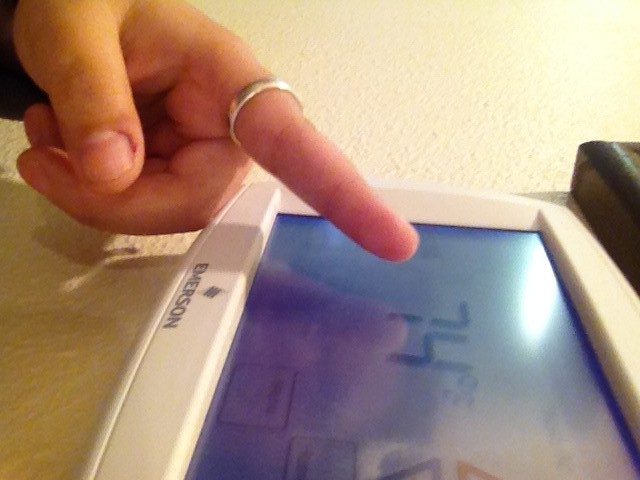My name is Allie Perez, and I am SA2020! I currently operate a local plumbing and air conditioning company in San Antonio. Recently, SA2020 began the SA2020 Resolutions campaign where community members can resolve to make changes in their lives, and make a difference to the city, by committing to a resolution based on the 11 Causes.

The most common water conservation tool in your home is a faucet aerator.
Since two of those resolutions involve conserving energy and conserving water, and I work intimately with plumbing, air conditioning and energy, I’ve compiled a short list of tips to help those “Resolvers” stay on track!
- Maintenance – Keeping your water heater, water softener and HVAC equipment regularly maintained is the most pro-active way to save energy. It is recommended to have a water heater flush and inspection once a year and have your HVAC system inspected twice a year. These inspections will ensure the equipment is working at peak performance and if there are any issues, the technician can make you aware of them immediately before it requires a costly repair or high energy bill.
- Study Your Bill – Keep an eye out for trends in your energy bill. Obviously, you use more energy when running your air conditioner all day in a hundred-plus degrees than you would on a sixty degree day. Monthly energy spending commonly peaks in the summer months, so that’s pretty normal. If you notice any unusual sharp rises in usage or changes in your bill you should have a technician come inspect your home.
- Install Low Flow Fixtures – The most common water conservation tool in your home is a faucet aerator. By adding air to water flow, the aerator conserves the amount of water used and protects your pipes from excessive pressure. Low flow toilets are also common and affordable. They require less water to flush than other toilets, which makes them energy efficient.

You don’t need max A/C or heat if you’re not at home to use it!
- Seal all Holes/Cracks – Inspect your pipes and duct work around your home and in your attic. Critters love to cause damage to your duct work and make it their new warm home. Cracks in pipes can cause water leaks that end up costing you money and wasting water. Best to get them sealed by a professional.
- Reverse Ceiling Fans – By reversing the direction of the ceiling fan blades, you can change the circulation in the winter so warm air rises. (Cool, huh?)
- Lower Water Heater Settings – By lowering your water heater settings you are requiring the water to heat for less time, thus saving the energy required to heat the water. Water heaters are traditionally set at about 120 degrees F.
- Use Programmable Thermostat – Raising your settings at least ten degrees in the summer and lowering them ten degrees in the winter can help to conserve energy. You don’t need max A/C or heat if you’re not at home to use it. Move your thermostat five degrees at a time and allow the system to reach the desired temperature before readjusting.
- Close the Fireplace – While it can help provide warmth in the winter, make sure the damper is closed when not in use. Leaving it open, especially in the summer, causes more energy to be used. You don’t need to cool the outdoors, just your home.
Hopefully, these tips and tricks can help you conserve energy and water. By joining in the movement to conserve and save, you can help move our city toward a more sustainable future! If you have any questions about your water or energy usage, do not hesitate to contact a professional.


